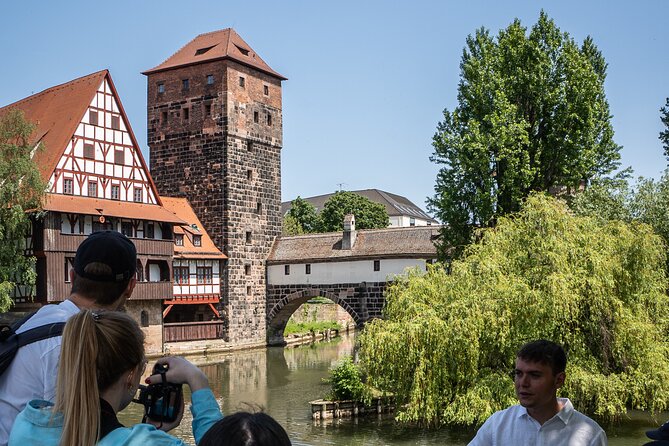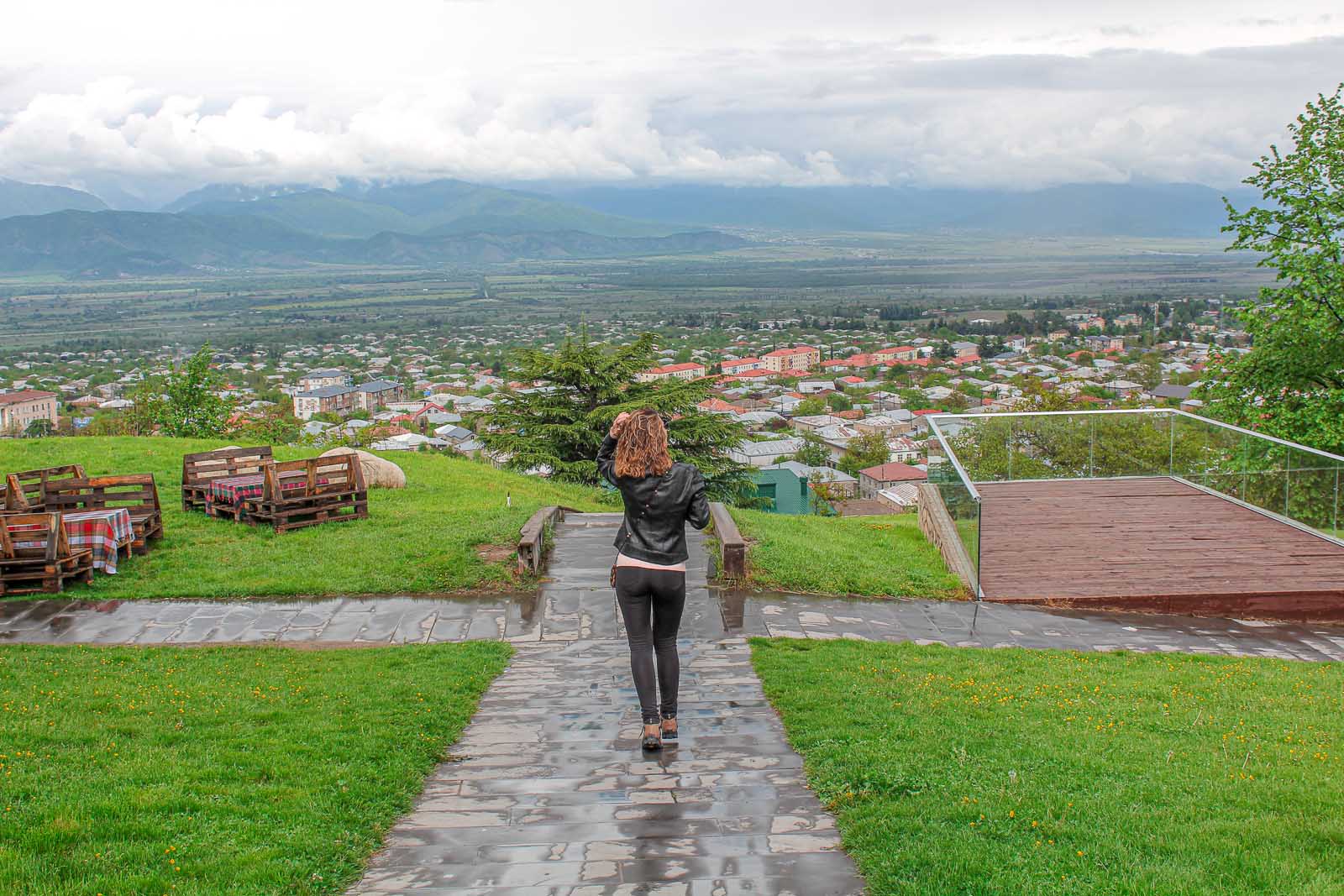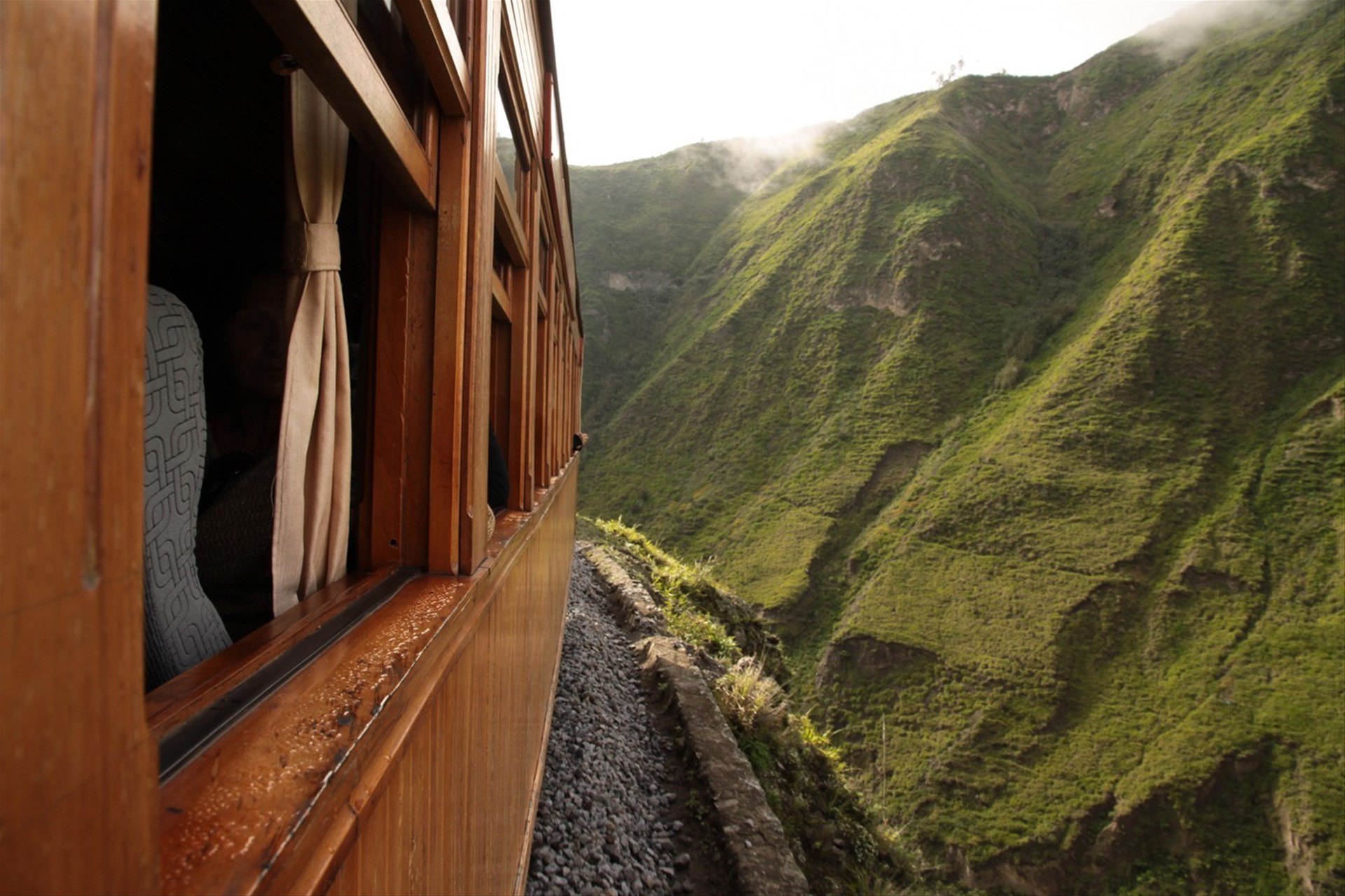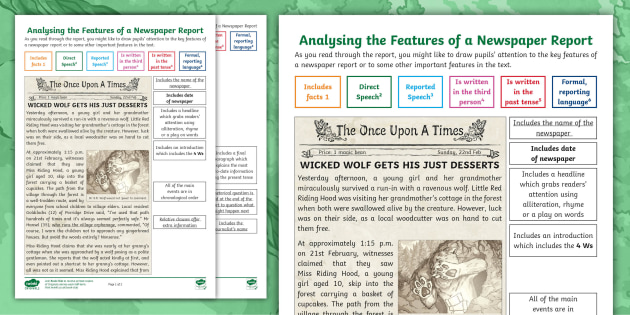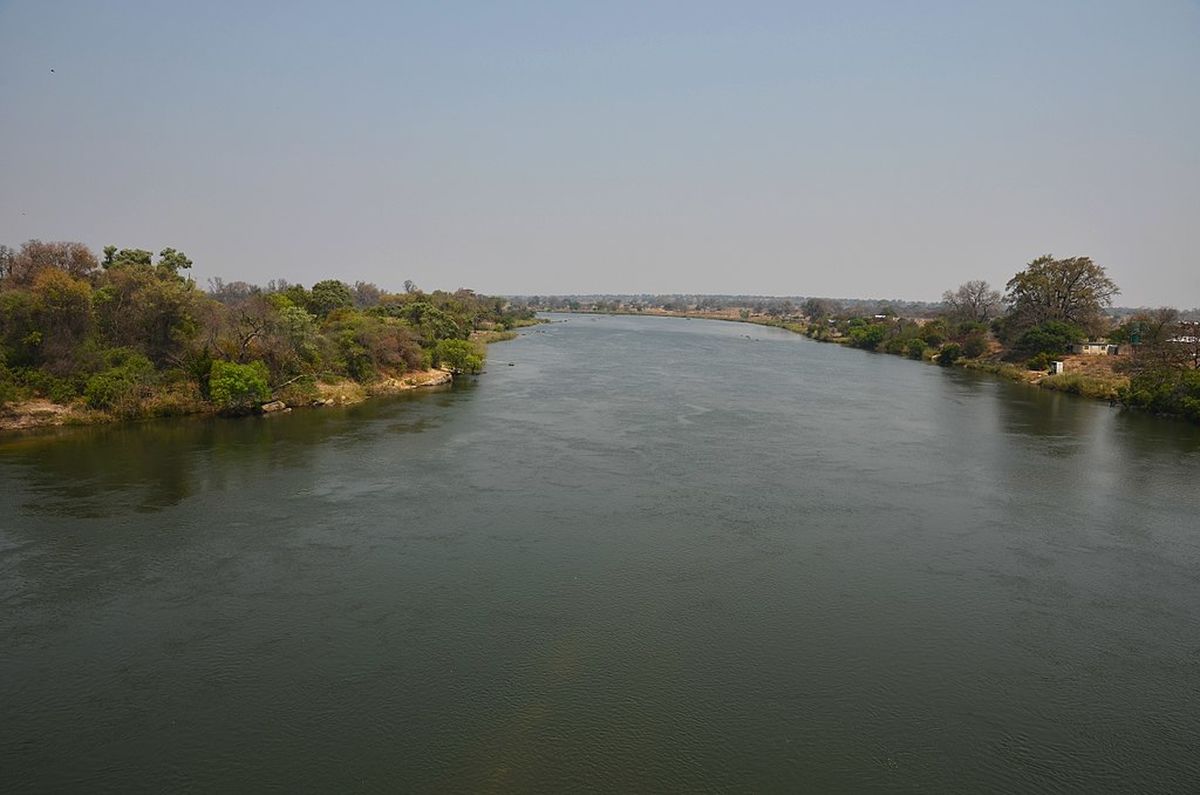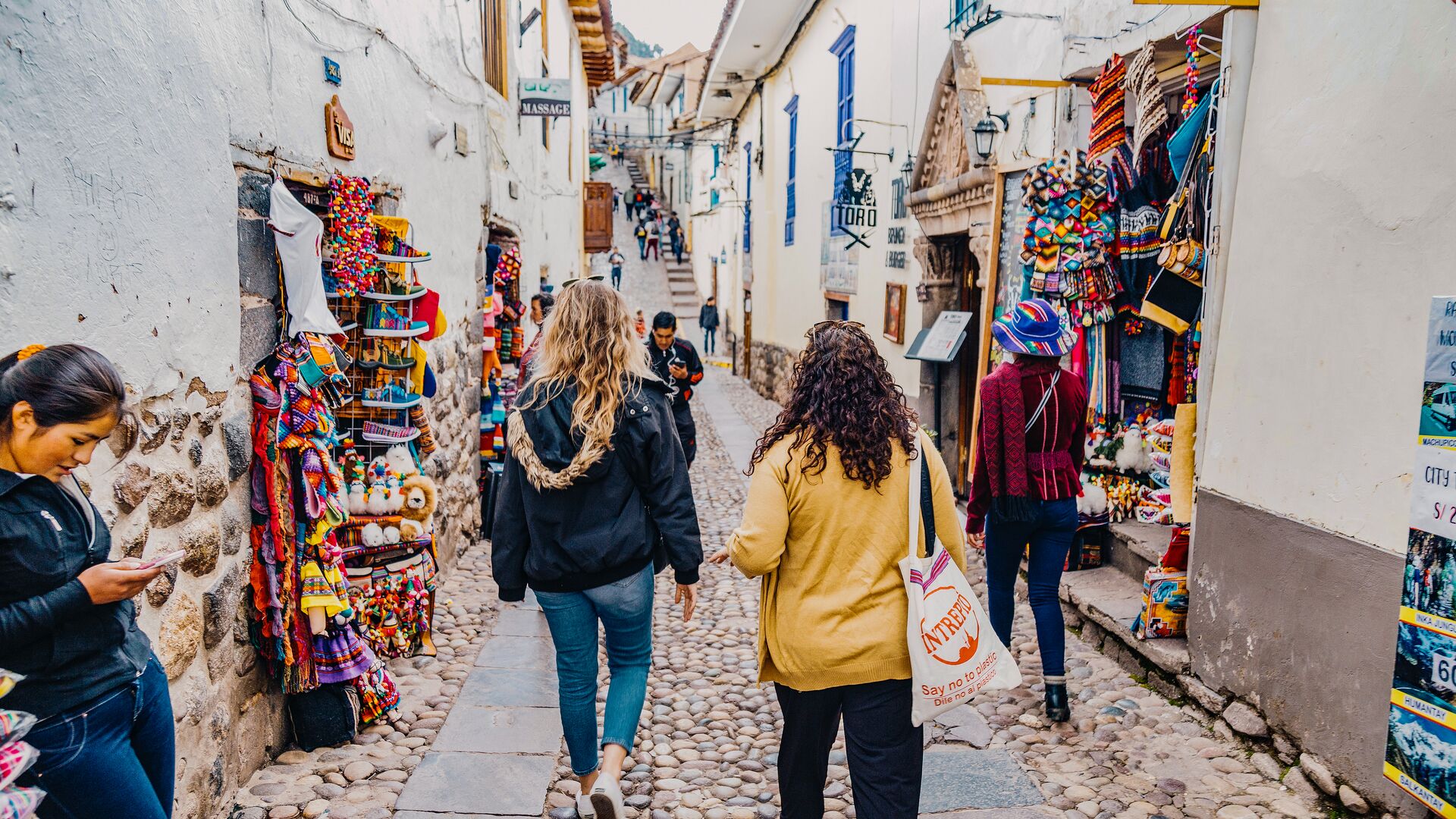
**Where to Make the Most of Your Travel Budget in 2025**
As we near spring 2025, American vacationers have a special chance to visit various international locales at a lower cost due to a robust U.S. dollar. Nonetheless, this advantageous exchange rate might not persist indefinitely given possible economic changes, so it’s prudent to organize your travels promptly. Here are some prime destinations where you can stretch your travel budget this year:
**Brazil: An Unexpected Deal**
Brazil, which was previously among the most expensive nations in Latin America, has turned into a more budget-friendly option. The exchange rate has significantly changed, with one U.S. dollar now worth around six Brazilian reals, compared to three to four reals before the pandemic. This transformation implies that a getaway in Brazil could be roughly 50% cheaper than a few years back. During your visit, go beyond the usual attractions like Rio de Janeiro and Iguacu Falls to uncover hidden treasures throughout the country. Stay informed about potential visa charges for Americans, which have been announced but delayed on several occasions.
**Mexico: Affordable Once More**
The Mexican peso has stabilized at approximately 20 to the dollar, making Mexico a fantastic deal for travelers. While main tourist destinations like Cancun and Tulum may still carry a higher price tag, exploring the interior highlands or less-known beach locales can result in considerable savings. Savor budget-friendly local experiences, with $4 haircuts and $2 beers, all while delving into Mexico’s rich culture and history.
**Japan: An Uncommon Budget Chance**
Japan, typically a costly destination, has become more attainable due to a favorable exchange rate, with the yen trading between 145 and 160 per dollar. This adjustment allows travelers to enjoy Japan’s distinctive culture, history, and modern urban landscapes without overspending. Think about visiting Kyoto, hiking the Kumana Kodo, or skiing up north, and utilize the Japan Rail Pass for economical traversal across the country.
**Egypt: Experience More for Less**
Egypt continues to be a leading budget-friendly destination, with the Egyptian pound hovering at 51 to the dollar. This positions it as one of the least expensive places for accommodation and local experiences. Despite occasional political unrest, Egypt provides outstanding value for travelers eager to discover its rich history and iconic sites, such as the pyramids and ancient temples.
**South Africa: A Short-Term Value**
South Africa’s currency has stabilized, presenting travelers with a favorable exchange rate of 18.5 rand to the dollar. This makes it a reasonably priced destination for exploring its varied attractions, from wildlife reserves to lively cities like Cape Town. Although flight costs may be high, utilizing airline points can help mitigate travel expenses.
**Turkey: A Cost-Effective Destination Amidst Difficulties**
Despite political issues, Turkey offers excellent value for travelers, with a depreciating currency making it more affordable. From Istanbul’s rich cultural scene to the scenic wonders of Cappadocia, Turkey presents a multitude of experiences. While tourist areas may still reflect dollar pricing, straying from the beaten path can unveil more budget-friendly alternatives.
**Europe: Off-Peak Savings**
With the euro and dollar approaching parity, Europe has become a more attractive option for American travelers. While established destinations like Italy and France may stay crowded, exploring lesser-known regions or traveling during the off-peak season can yield a more affordable and pleasant experience. Consider discovering countries like Hungary, Bosnia, or Albania for a unique and economical European getaway.
These locations provide a variety of experiences for travelers eager to optimize their budget in 2025. Whether you’re after cultural experiences, natural wonders, or historical excursions, there’s a destination on this list that aligns with your interests. Organize your trip soon to take advantage of these favorable conditions and enjoy an unforgettable travel experience.
